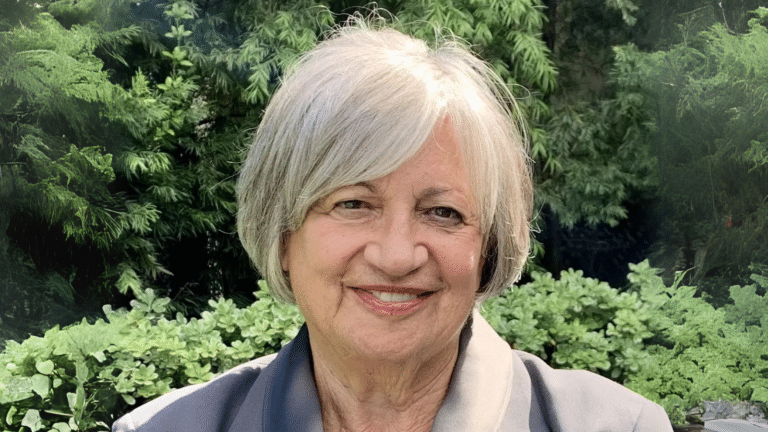For the first time in nearly 20 years, California experienced rolling blackouts in August as record high temperatures placed unusual stress on the state’s electric power grid. The inconvenience to millions of Californians raised questions about the reliability of the grid as the state implements aggressive policies to reduce greenhouse gas emissions through greater reliance on solar and wind power and other cleaner energy solutions.
In this edition of Columbia Energy Exchange, host Bill Loveless reached out to Cheryl LaFleur, a former chairman of the Federal Energy Regulatory Commission and a distinguished visiting fellow at the Center on Global Energy Policy, for her take on the blackouts, which she wrote about in an op-ed in “State of the Planet,” an online blog at Columbia University’s Earth Institute.
They talk about what caused the blackouts during the weekend of August 14, when an extreme heat wave blanketed California and other western states, as well as how they compared to the last such occurrences during the California energy crisis of 2001.
In short, Cheryl says, the problem isn’t California’s solar and wind systems, which operated just as they were supposed to do, but rather the state’s failure to make sure there were other energy resources to meet peak demands for electricity – especially for air conditioning to cope with the heat – when the sun wasn’t shining and the wind wasn’t blowing. Adding to the difficulty is California’s preference to control its own power market rather than participate in a regional market, she says.
Bill and Cheryl discuss that as well as the political fall-out from the blackouts, with critics of the state’s climate policies claiming those measures risk the reliability of the California grid, while supporters of those policies saying they’re as necessary as ever to combat climate change.
Of course, with California and much of the rest of the Pacific Northwest suffering from a record spree of wildfires, there’s no avoiding talking about the magnitude of climate-related catastrophes occurring now and the extent to which they affect efforts to transition to cleaner, reliable forms of energy.
Cheryl was one of the longest-serving members of the Federal Energy Regulatory Commission, nominated by President Obama in 2010 and serving until 2019. She was the chairman from 2014-15 and acting chairman from 2013-14 and in 2017.
Earlier, she had more than 20 years of experience as a leader in the electric and natural gas industry, including serving as executive vice president and acting CEO of National Grid USA.








